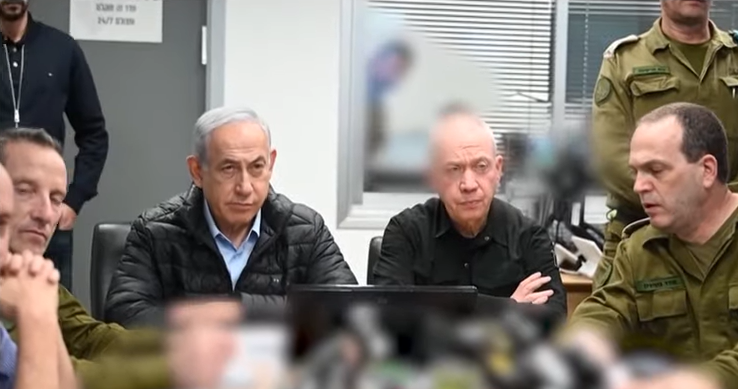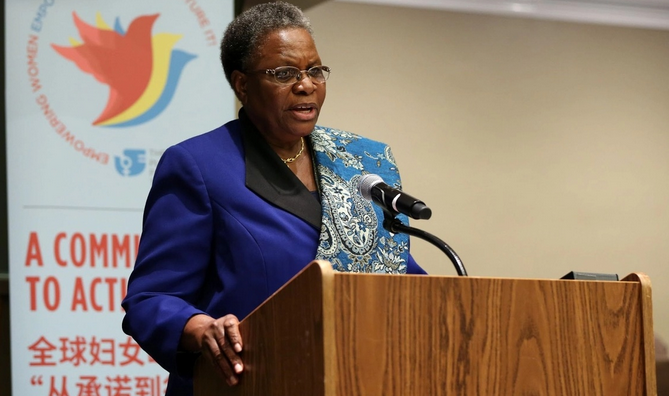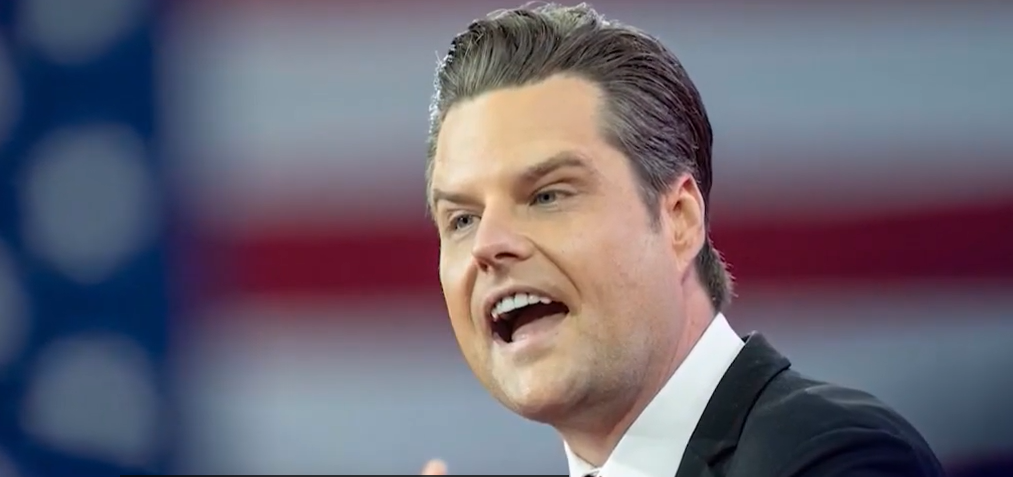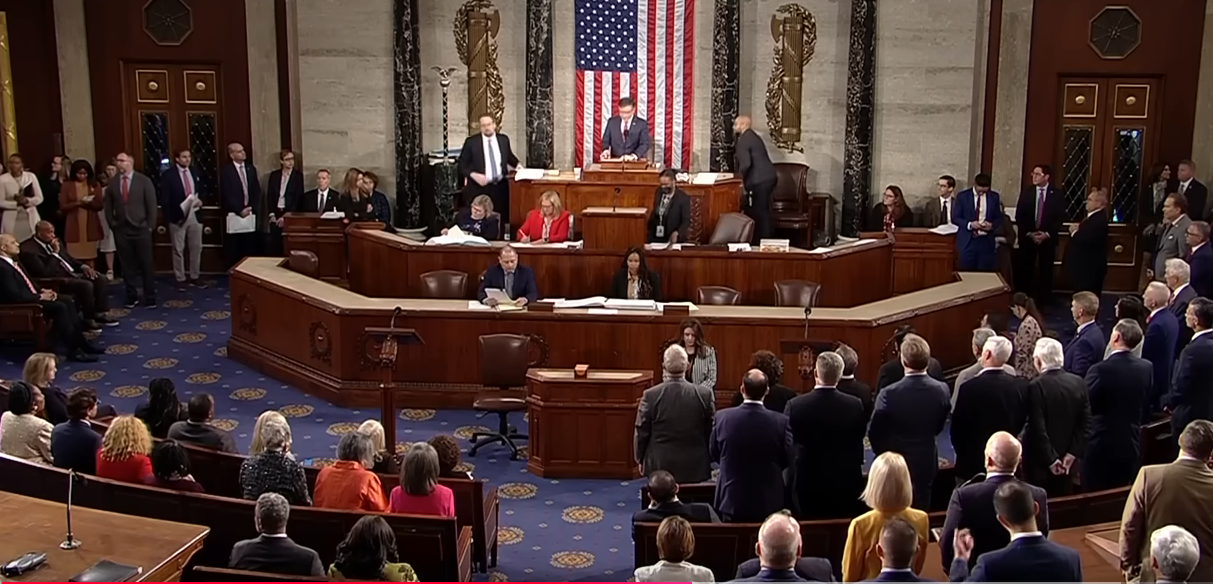Photos: YouTube
BROOKLYN CENTER, Minn. —Today, the murderer of Daunte Wright, former police officer Kimberly Potter, who has been charged with second-degree manslaughte is scheduled to appear in court via video conferencing as the City of Brooklyn Center passed a landmark police resolution.
Potter’s appearance follows a weekend decision by the Brooklyn Center City Council to pass the Daunte Wright and Kobe Dimock-Heisler Community Safety and Violence Prevention Resolution, a groundbreaking public safety resolution aimed at reducing the role of armed police in the enforcement of traffic infractions, mental health crises, and in other low-level offenses, and completely eliminating the types of situations that can escalate into police violence.
The vote comes just weeks after the killing of Daunte Wright, whose life was cut short by Brooklyn Center Police at 20 years old after being pulled over due to expired registration.
“Every city should follow the lead of Brooklyn Center by prioritizing a diversity of common-sense approaches to community safety that do rely on armed police. Cities should embrace more effective alternatives, like crisis response teams and ticket-only policies for low-level offenses, that remove armed police officers entirely from situations where mental health crises and small civil transgressions escalate into violence and death for Black communities,” said Taylor Pendergrass, deputy director for the ACLU’s Justice Division. “If Brooklyn Center can pass this sweeping and unprecedented resolution transforming community safety top-to-bottom, every city in America can and must do so as well.”
The Daunte Wright and Kobe Dimock-Heisler Community Safety and Violence Prevention Resolution creates an entirely new Department of Community Safety and Violence Prevention, and draws upon the best practices and alternative-to-policing models from across the country and puts them into a single resolution. Among other things, it will:
- Implement a citywide “citation and summons” policy requiring officers to issue citations only and prohibit custodial arrests or searches of persons or vehicles for any non-moving traffic infraction, non-felony offense, or non-felony warrant. Such policies would have required, for example, police to simply issue a ticket and walk away from George Floyd, Eric Garner, Mike Brown, and many others killed after police used force and tried to make arrests for low-level offenses;
- Create a new Community Response Department consisting of trained medical and mental health professionals, social workers, or other expert staff and volunteers, and a dispatch system routing appropriate calls to the Community Response Department and not to the Police Department. Such a program would have meant trained mental health workers would have taken calls related to Kobe Dimock-Heisler instead of armed police;
- Create a new unarmed civilian Traffic Enforcement Department with the responsibility for enforcing all non-moving traffic violations in the city. Such a program would have meant that a civilian department would have addressed Daunte Wright’s simple expired vehicle registration, instead of being pulled over by armed police officers;
- Create new use of force policies that would include, among other things, police shooting at a stationary or moving vehicle that poses no immediate danger to the officers. That type of policy, for example, would have prevented police from firing upon Andrew Brown;
- Create a new permanent Community Safety and Violence Prevention Committee, the majority of whose members must be city residents with direct experience, or the close experience of immediate family members, being arrested, detained, or have other contacts with Brooklyn Center Police; and
- Require more transparency in the collective bargaining process with the police department and establish a civilian oversight body.
Brooklyn Center is a town of approximately 30,000 residents, and the most racially diverse city in Minnesota.
The resolution now charges an Implementation Committee to begin the process of turning it into practices, policies, and ordinances that will formally implement these provisions. This process is expected to put in place some immediate policy changes and take a year or more to fully implement.






